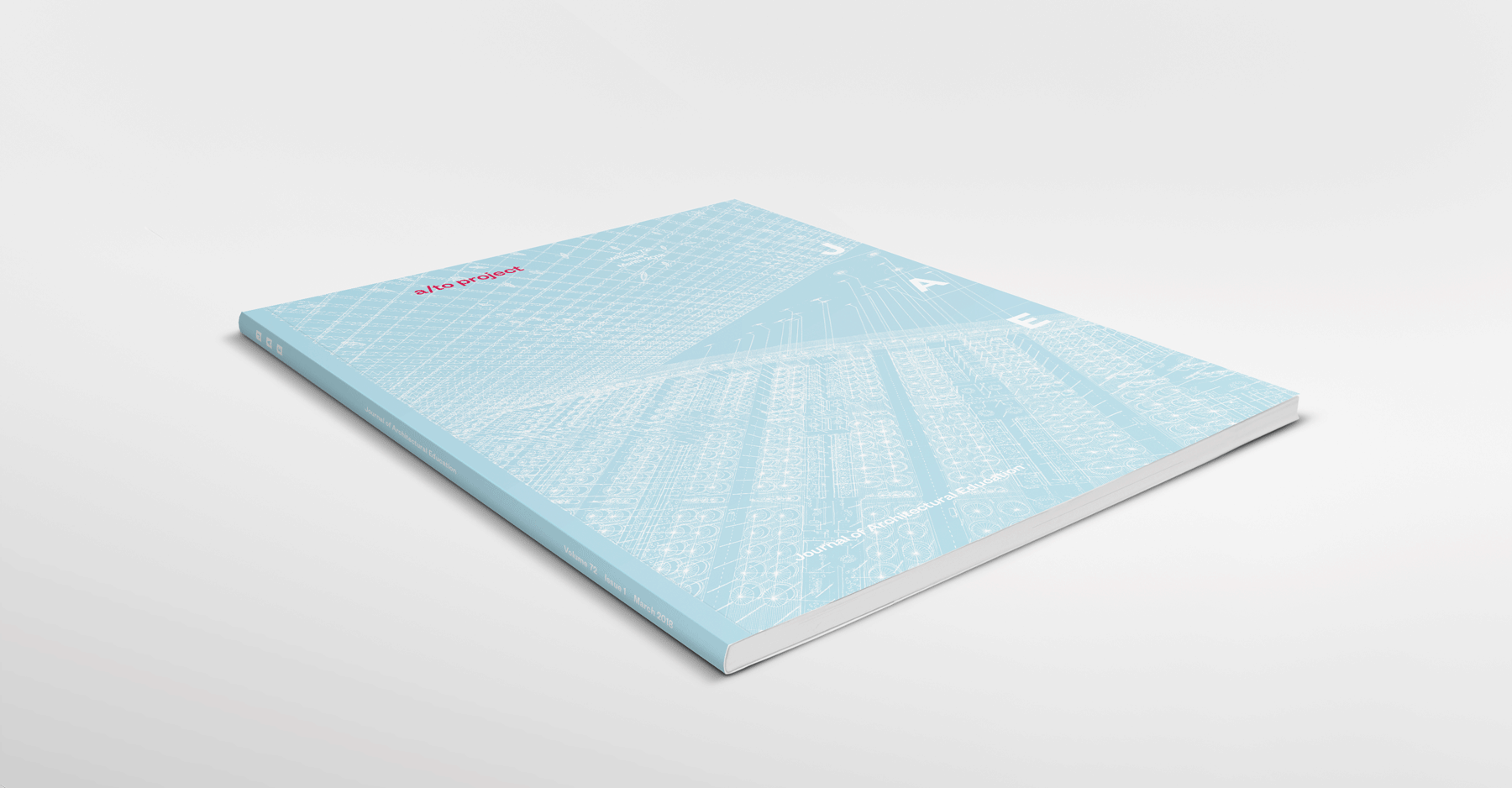
In his eponymous novella, Edwin A. Abbott created the two-dimensional world of Flatland, whose inhabitants consist of lines, points, and polygons. The story, written in 1884, is both a mathematical treatise on dimensional perception and a satire examining Victorian sexuality and the class system. Taking a cue from Abbott’s work, each of the accounts in Short Stories: London in Two-and-a-Half Dimensions begins life as a two-dimensional sheet of paper. The paper is then cut, inscribed, folded, and fused into a narrative, occupying a territory that is both real and surreal; cardboard cutouts are spliced and woven into yarns with shadowy nuance to partially occupy the third dimension. Using paper, carbon, and glue as ingredients, the stories construct a sequence of improbable marriages between reality and fantasy, laced with a healthy dose of myth and locational specificity—a leather-bound suitcase masquerades as a living, breathing house with cooing hens perched on window sills; a dating agency at Battersea brings prospective owners together with their ideal pet; three towers in Smithfield Market built from straw, sticks, and bricks form a porcine dormitory for meat packers. Like the artwork described in Abbott’s Victorian satire, the short stories are “immoral, licentious, anarchical, and unscientific,” yet from an aesthetic point of view, “glorious,” “ravishing,” and “a pleasure to behold.”
Continue Reading:





